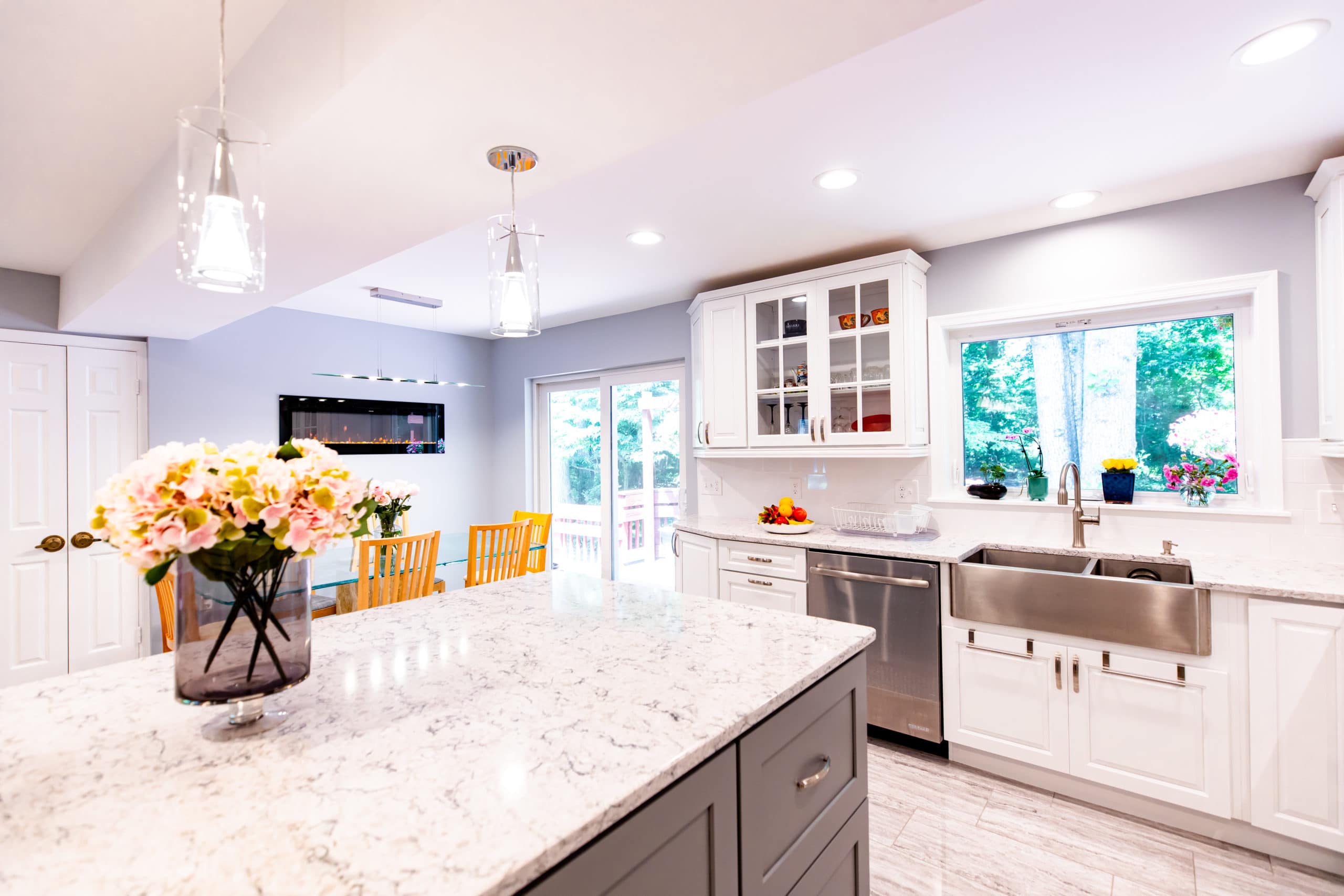
Beginning a kitchen renovation or simply looking to upgrade your countertops can leave you feeling like you’re walking through a complex network of material choices. Each type has its own unique set of properties that cater to different aspects of kitchen use and design. The countertop is not just a centerpiece of your kitchen’s aesthetic; it’s also a work surface that must withstand a variety of daily tasks.
From enduring hot pots and chopping knives to becoming the foundation for your impromptu buffet line during social gatherings, countertops must be both durable and delightful.
Between granite, quartz, marble, laminate, and more, selecting the ideal surface can feel overwhelming, but it’s important to find a balance between style and function to make the most of your investment.
In choosing the right countertops, the expertise of a countertop fabricator becomes invaluable. A fabricator doesn’t just measure and cut; they bring a wealth of knowledge about the qualities and features of each material option. They understand the detailed patterns of veining in marble, the maintenance required to keep granite gleaming, and the technological advances that make quartz one of the most resilient choices in the market.
Seasoned countertop fabricators can also provide personalized recommendations that align with your lifestyle, maintenance preferences, design vision, and, of course, your budget. This article will discuss expert tips from these professionals for you to consider in finding countertops that are the perfect fit for your home.
Know Your Space and Lifestyle
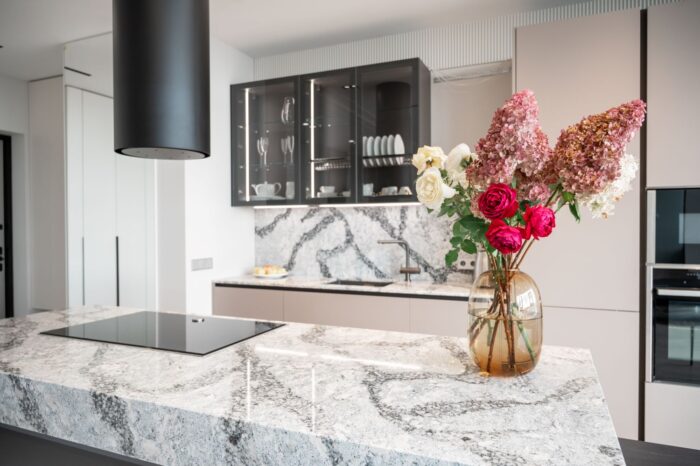
When choosing the right materials for your home, it’s important to understand both your space and lifestyle. Start by assessing the usage of the area in focus; ask yourself how often it’s occupied and by how many people, pets included.
Is it a high-traffic zone like a kitchen or entryway, subject to the chaos of daily activities, or a more serene space such as a home office or library? Your lifestyle plays a key role in determining not just the use of a space, but also the wear and tear on it.
For example, families with young children or pets may prioritize durability and ease of cleaning in their material choices, aiming for stress-free maintenance. Similarly, those who entertain often might lean toward materials that can withstand frequent use, while also making a style statement.
Hence, the balance between practicality and aesthetics is shaped by how your life unfolds within the walls of your home, making an assessment of your space and lifestyle essential to create a living environment tailored to your needs.
Balancing Aesthetics and Functionality
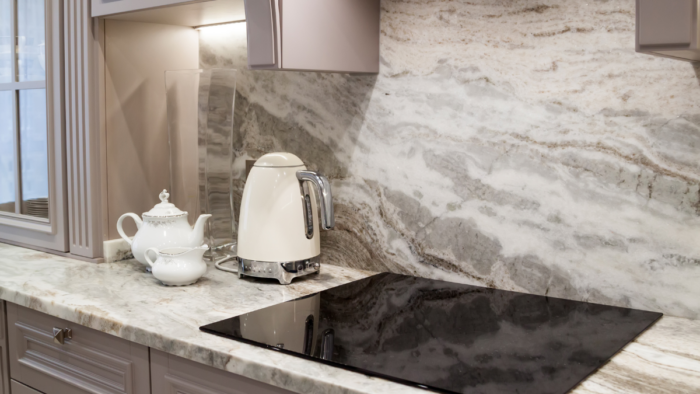
When it comes to decisions about design, we often find ourselves in the middle of a conflict between aesthetics and functionality. At one extremity, the charm of a visually impressive design can captivate our senses, pushing us toward options that mirror our individual style and preferences.
In contrast, the necessity for practicality and ease makes a strong case, pushing for designs that streamline our routines and enhance the user experience.
Achieving the perfect balance between these two aspects can prove quite a task, as it demands a considerate strategy that evaluates the significance of visual allure against the requirements of daily utility.
To make sound decisions, it’s key to assess the context in which the design will operate, how much form or function will contribute to overall contentment, and the compromises one is ready to accept to establish concord between the visual and the useful.
Kitchen and Bathroom Countertops: Evaluating Top Material Choices
When it comes to selecting a countertop for your kitchen or bathroom renovation, the most well-liked materials each come with their unique benefits and limitations. Granite, frequently chosen for its robustness and distinct natural designs, stands up well to heat and scratches, which is ideal for culinary enthusiasts.
Nonetheless, it has a porous quality that necessitates occasional sealing to ward off stains. Quartz offers a consistent look and is also resilient to scratches and heat damage, yet it might cost more and is prone to damage from sustained high heat.
Marble countertops provide unparalleled sophistication that can enhance any area with their glossy surface and characteristic veining, although they are prone to etching and staining and demand routine care to maintain their flawless appearance.
On the other side of the spectrum, laminate emerges as an economical option with an extensive array of hues and patterns, but it lacks the durability against heat and sharp instruments that stone varieties offer, and it may also lower the resale value of your property.
By considering these pros and cons, homeowners can decide on a countertop material that suits their aesthetic preferences and satisfies the practical requirements of their living space.
Budgeting for Your New Countertops
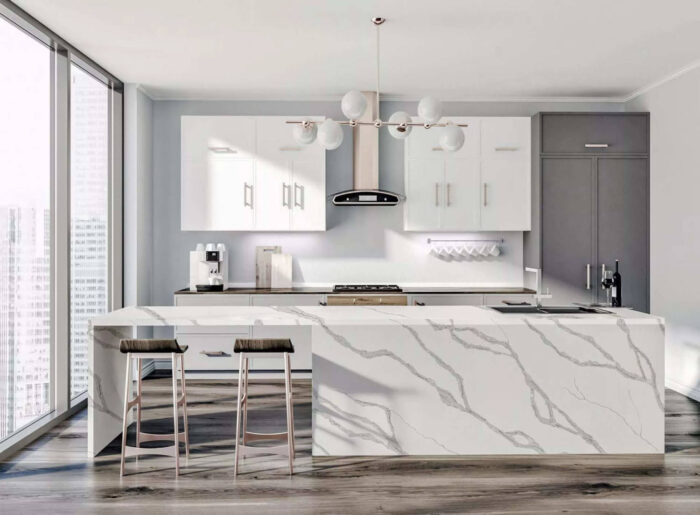
When it comes time to budget for new countertops, the material you choose plays a central role in determining the cost. Options like granite, quartz, and marble vary significantly in price with luxury materials like marble often being at the higher end of the spectrum.
It’s important to keep in mind that the price isn’t just about the raw materials; the fabrication and installation process can introduce hidden costs that catch many homeowners by surprise.
These can include the cost of cutting the material to size, finishing the edges, making cutouts for sinks or cooktops, and the actual labor of installing the countertops securely and seamlessly. Some materials require more complex installation procedures, adding to the overall expense.
To avoid unexpected costs, it’s critical that one seeks out quotes that include these additional services and not just the price per square foot of the materials themselves. Investing time in understanding all potential costs will ensure that the budget for your new countertops is as precise and realistic as possible.
Sustainable Practices and Eco-Conscious Selections in Interior Design
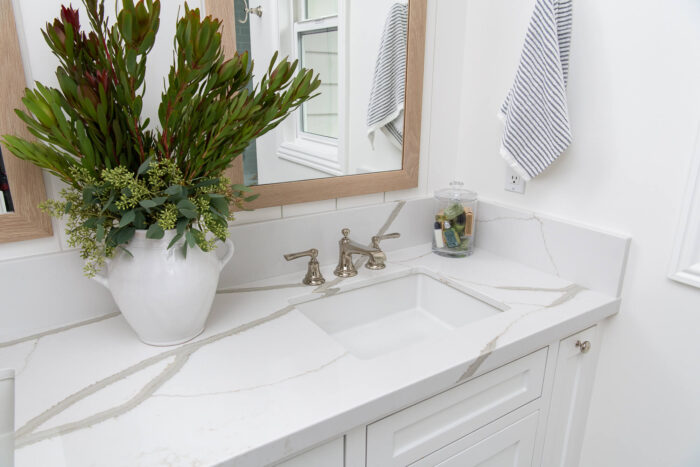
In recent times, a marked trend toward sustainable practices has taken hold in the field of interior design, with material choices reflecting not simply style preferences but also dedication to ecological stewardship.
The choice of countertops, a key component in both kitchens and bathrooms, now serves as an expression of personal values and a means to decrease one’s environmental impact.
Shoppers are now showing a preference for materials such as recycled glass, reclaimed lumber, or bamboo, which offer the sought-after sturdiness while advancing conservation initiatives.
These eco-conscientious materials prove beneficial for the earth — owing to their reduced emissions during production and increased degradability at lifecycle’s end — and they also impart distinctive charm and personality to homes.
As environmentally friendly designs gain traction, opting for a countertop that aids environmental preservation becomes an influential act by individuals to foster a more ecologically considerate tomorrow.
In summing up our dialogue, it’s paramount to retrace the central elements that will guide you towards a well-informed decision. Remember that each discussed facet, while informative, should ultimately resonate with your unique preferences, daily demands, and fiscal parameters.
Recognize the significance of marrying practicality and pleasure, ensuring that your final verdict not only satisfies your immediate needs but also aligns with the personal vision you have for your life.
Leverage the entire range of information to distinguish what’s essential, what’s desirable, and what’s dispensable in the context of your unique situation to select the right countertops for your home.














